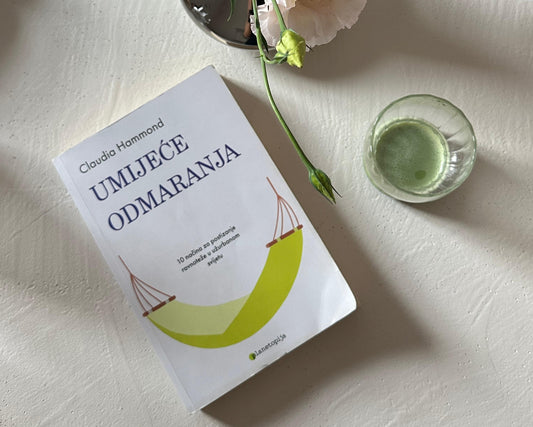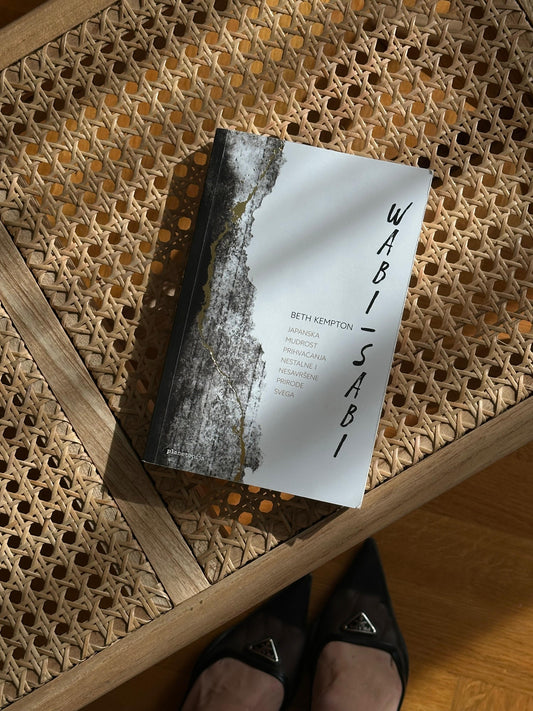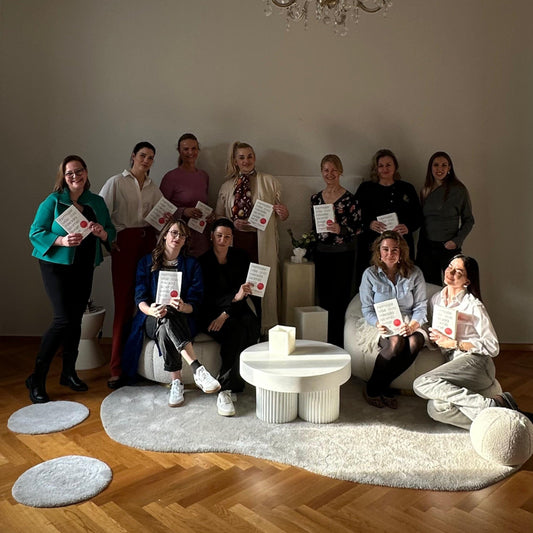The Well-Gardened Mind: A Book on Life, Death and Growing Back
What does it mean to be a being born to the rhythm of soil yet living among concrete and algorithms? In The Well-Gardened Mind psychiatrist Sue Stuart-Smith explores the deep bond between gardening and mental health and teaches us how to find quiet in a world that never stops humming.
How to Live, Grieve and Rebuild
“In life we’re always somewhere on the border between losing and finding.”
That line sums up the book’s core idea: as one thing in us is born, another fades; whenever we gain, we also lose. On that fragile border we remain both breakable and endlessly resilient. Somewhere beside us there is always a garden to ease those transitions. Metaphorical or real, the space is there; we only need to notice it.
This is no how-to manual but a meditation, an extensive study and a literary delight. Every page lingers in the mind. Stuart-Smith weaves psychiatry, history, philosophy and memoir into a story about the connection between gardening and mental health, between soil and mind, between plant and person.
A garden is the place where hands work and the mind settles, where we can mourn and hope at the same time, confront time, death and renewal – and do so without the world’s noise.
In July the Materia Book Club read this book, and nearly every member recognised a quiet truth in its pages. The Well-Gardened Mind asks you to pause and listen to your own thoughts. Where are we, are we content, how do we feel at work, are we in our own flow, do we still enjoy the game?

Separation From Nature and Its Consequences
Perhaps we all agree, somewhere inside, that this digital age has separated us from nature. We repeat the claim like a mantra but rarely stop to think what it means. What does it mean to be born to the earth’s rhythms of light and seasons yet live among concrete towers and algorithms guiding our attention?
Stuart-Smith writes about the gap between what body and mind need and what we feed them. Our brains were not built for perpetual screen-light and a tempo that never rests. They long for what we left: ground underfoot, cycles that remind us everything has a start and an end, silence that lets thoughts mature.
Maybe that is why we feel such unrest. Anxiety, insomnia and chronic fatigue are not just side-effects of modern life; they are signs we have lost touch with the source we sprang from.
And so the garden appears. Not as a simple solution but a quiet refuge. A place where care for another and for ourselves is relearned through small acts: digging, transplanting, watering. In a world that demands speed and efficiency, the garden teaches that nothing worthwhile grows without time.

The Garden as a Space of Healing
Gardening happens where two creative forces meet – the human and the natural – and that is why the garden can be the place where our mind rediscovers a lost rhythm. Our everyday life is filled with speed, constant demands and expectations of instant results; in the garden everything works differently. No “instant fixes” exist; soil asks for patience, plants require attention, and we learn to feel time again.
While we dig, transplant and water, we slowly return to our inner landscape, says the author. What daily dust may have covered – silence, presence, meaning – rises to the surface.

Death, Loss and Renewal
The garden, like nature and the turning seasons, confronts us with what we prefer to forget: impermanence. Every season, every blossom that opens and wilts reminds us nothing lasts forever. At the same time each scene teaches us to accept loss without despair. What now looks dead already hides a beginning. That is the secret of the universe and the remedy for the anxiety that strikes when finitude surprises us.
Nature teaches us to mourn and to trust. In the depth of winter, when everything rests and seems dead, we know spring is coming. That simple eternal cycle holds the cure for our fear of disappearance. Every loss carries a seed of something new.
We read that loss and renewal are inseparable, two faces of life’s motion. As we prune dry branches, we recognise that the act is not the end of the plant but preparation for new growth. The same is true of our inner landscapes, the author notes. Traumas and sorrows reshape the terrain of the mind, but in those cracks something unexpected can sprout: tenderness, strength, new joy.
Nature will not spare us pain, yet she teaches how to bear it. Within her cycles of death and rebirth there is a quiet rhythm that gives humans the power to continue. Grief is not something to avoid; it connects us to the pulse of all living things.
Like a seed that sleeps underground until spring, so hope rests in silence before it is born again.
We cannot stop decay, but we can defy it. We can plant anew, knowing everything we love will vanish again. That is not a reason to give up but a call to live with greater attention and love. For what blooms only one night is not less beautiful; its beauty exists because we know it is fleeting.

Our Place in the Endless Cycle
The garden teaches that life cannot exist without death, just as renewal cannot exist without loss. It shows everything is connected, that what breaks down becomes food for something new.
In the garden we see the truth we try to forget: we belong to a world in which even our bodies will become soil, atoms that once belonged to trees, rivers and stars. Nature offers no illusion of immortality but gives us something else: a sense of place in an endless cycle.
Beauty in life is not that it lasts but that it repeats, always in new forms. Perhaps in that realisation lies a different freedom: we do not have to defeat time; we do not have to fight loss; we only need to learn to be here while we last. And perhaps this garden is the best ground for our next beginning. A book can be the first seed.










